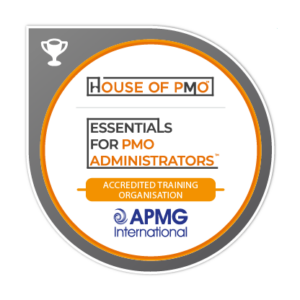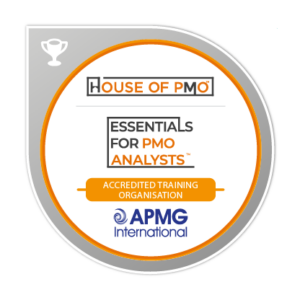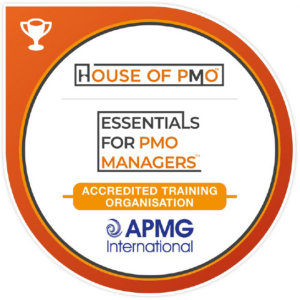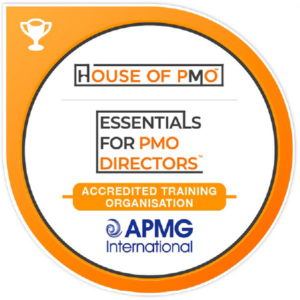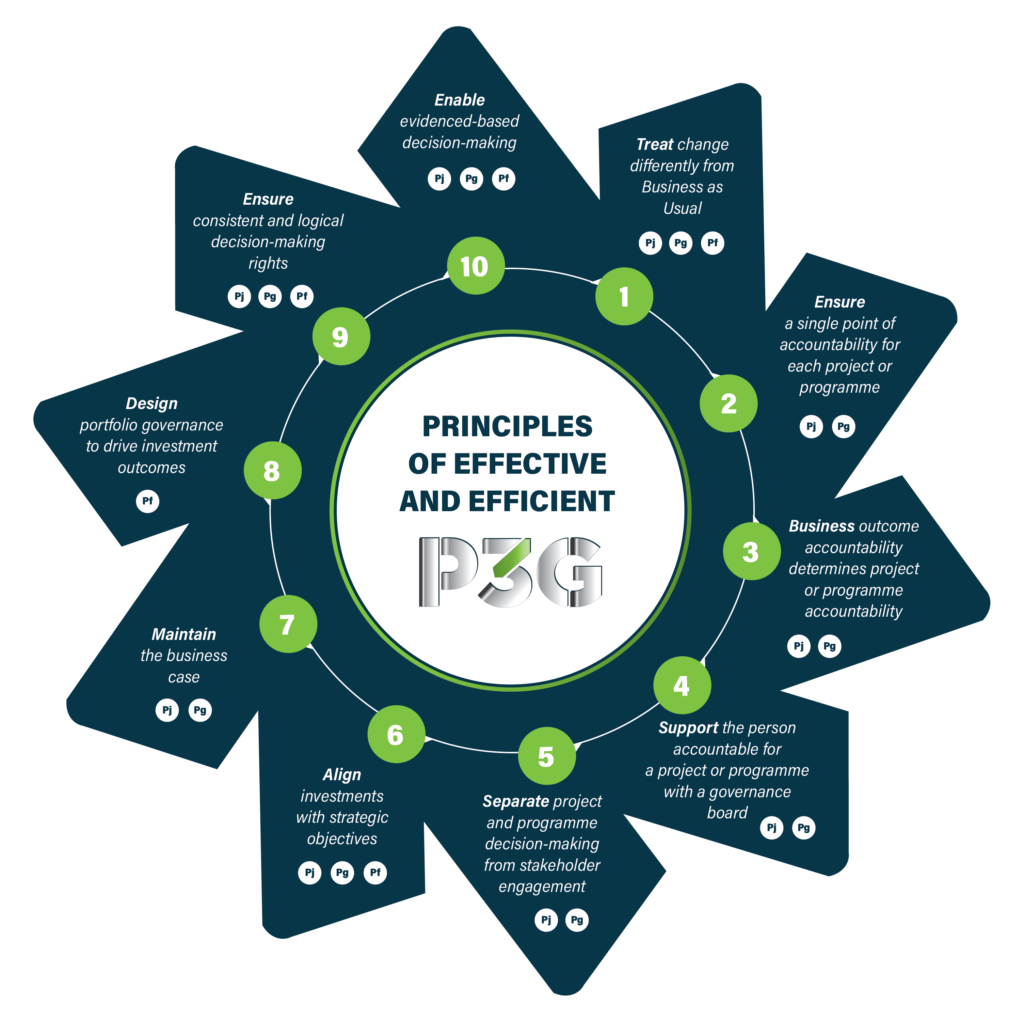
Last week, we had our first Executive Workshop – the opportunity to work with some of our more senior clients to discuss a particular topic. I thought it might be useful to share some of the discussions wider to perhaps give some insights into some of the challenges that your organisation may also be going through.
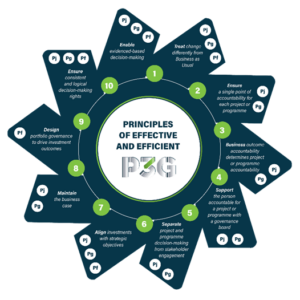 For our first executive workshop, in conjunction with P3GQA (the certification body for the P3G certification), we looked at the benefits of establishing the ePMO as the custodian of the P3G best practice in your organisation.
For our first executive workshop, in conjunction with P3GQA (the certification body for the P3G certification), we looked at the benefits of establishing the ePMO as the custodian of the P3G best practice in your organisation.
Prior to the workshop, delegates were given the opportunity to complete the P3G maturity assessment (available here if you wish to complete it P3GQA FREE GOVERNANCE MATURITY ASSESSMENT REPORT – P3GQA) which is a short, 10 question assessment, based on the 10 P3G principles, that provides an indication of the maturity of your P3G arrangements. During the workshop, we also provided the delegates to explore their responses a little more. The fact that we had a group of global senior P3/ Governance/ ePMO you’d think they would all score very highly, but we had quite a mix of maturity levels and some similar challenges.
Three of the key points raised were these:
- Although most of the projects and programmes were ratified by a ‘high authority’ in the organisation, they often started in BAU before being recognised as projects or programmes so have a difficult transition from BAU governance to P3G, some never fully making the transition, which makes for ongoing misunderstandings, confusion and conflict.
- There was often a lack of transparency on who the real decision makers were on projects and programmes. This was exacerbated by project and programme board meetings being populated by stakeholders, not just decision makers. In these situations, it was easy to ‘lose’ those accountable for the various elements of the business case and many of the organisations represented, struggled to keep the business case through implementation.
- Adrian Morley (co-author of the P3G publication, has got some really helpful guides on sorting out your Steering Committees here).
- Even for those organisations have developed P3G, many work on a one-size-fits-all approach (what my husband always calls one-size-fits-no-one!) Time and effort was not invested to create tailored, risk-based governance for individual projects and programmes. Therefore, for some projects and programmes the governance was like a hammer to crack a nut and at the other extreme insufficient to manage effectively. In both cases, senior executives and delivery teams lose faith in the governance structures and either try to bypass it or pay lip service to it.
When we explored the reasons why P3G was difficult for organisations, it was recognised that when organisations are established, their governance processes (the system of rules, practices, and processes by which an organisation is directed and controlled) are designed for business as usual (BAU) – with a clearly defined organisation structure aligned to BAU responsibilities.
P3G is often an afterthought – only implemented when the scale of projects becomes significant and there is recognition that trying to execute a complex project without people from multiple departments (and some externals) just cannot be done within the existing governance structures. Furthermore, even when that recognition was reached by those directly involved in delivery, a number of senior executives just didn’t ‘get it’ or were not interested or bought into the changes to BAU governance required to establish effective P3G. Even those organisations that are seemingly committed to P3G, often don’t fully to commit – developing new processes and procedures, but not prepared to invest in system changes, say, to their finance or procurement systems.
So how can the ePMO (enterprise PMO) help?
Firstly, let us be clear what an ePMO is – it’s the office that provides executive support across all projects, programmes and portfolios, typically encompassing the Centre of Excellence and becomes ‘Project Management Operations’ – responsible for the people, process and technology to support effective delivery. This office has a clear understanding of what is required for effective and efficient delivery – within the context of the portfolio and the organisation.
There was general agreement that the ePMO was the correct place to be the custodian of P3G, subject to a number of pre-requisites that help.
-
- There is an Integrated PMO Model (IPM) – a designed model of all the PMOs across the organisation.
- The Head of the ePMO, typically the PMO Director, reports into or sits on the Board and has oversight of all the projects, programmes and portfolios in the organisation (but is not accountable for delivery – that ALWAYS sits with the sponsor and manager).
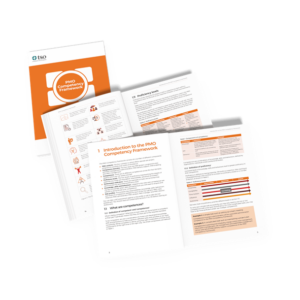
- The ePMO is populated with appropriate skilled people
- The House of PMO Competency Framework is a great resource to determine the knowledge, skills and experience required.
All of these things don’t just happen. Some great actions (as planned by our attendees) can move your organisation in the right direction.
- Educating sponsors on the time, skills and behaviours that support P3 success
- Executive leadership buy-in, representation and responsibility for the (e)PMO
- Developing the competency for the Head of the ePMO – especially leadership
If you’ve found this an interesting read, there are a couple of courses which you may find helpful:
19/20 August – P3G Certification – book here.
15/16 October – Essentials for PMO Directors – book here.
If you want to suggest another subject for an Executive Workshop – please let us know and we’ll do the rest!
Enjoying Our Blog?
Sign up and receive all our articles (we’ll send you an update once a week!) plus special offers and events:







